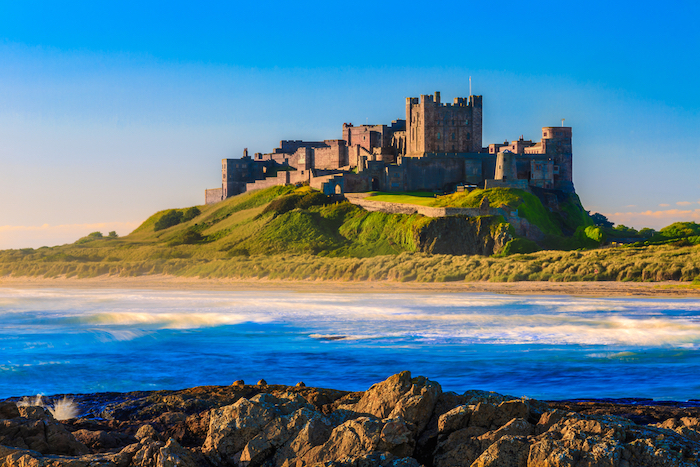
After a royally good day out? England is blessed with hundreds of castles, from ancient former fortresses to thoroughly modern mansions. Ahead of the Queen’s Platinum Jubilee in 2022, we’ve cherry-picked seven of the best castles in England.
Where are the best castles in England?
1. Warwick Castle, Warwick
Spanning one-thousand years of history, Warwick Castle was originally built in 1068 by William the Conquerer. Over the years it’s changed shape, from a (frankly underwhelming if the pictures are anything to go by) wooden fort to a sprawling country house. The castle’s battlements, towers and turrets have been open to the public since the 17th century too, making it one of the country’s oldest tourist sites.
Unlike most of England’s castles, neither English Heritage nor the National Trust own the historic site. Merlin Entertainments, which owns Legoland, purchased the site in 2007. They’ve offered up the opportunity to sleep at the castle too. Guests can choose from Knight’s Village Lodges, Knight’s Village Glamping and Cesarar’s Tower Suites for a sleepover with a bit of a difference.

2. Windsor Castle, Windsor
The oldest and largest occupied castle in the world, Windsor Castle’s history dates back over 900 years. It’s home to the tombs of ten sovereigns, including probably the country’s most famous-ever king, Henry VIII. If you do visit, you might bump into Queen Elizabeth II since this is where she tends to spend her off-duty weekends. Even without the queen in attendance, the castle is home to around 150 people.
Today, the castle is mostly used for ceremonial and state occasions (anyone remember Meghan and Harry’s wedding?) It’s also brimming with masterpieces by Gainsborough, Rembrandt, Rubens and more. Visitors can explore the State Apartments, the Royal Archives, the Royal Photograph Collection, the Print Room, and the Royal Library, as well as St George’s Chapel, the spiritual home of the Order of the Garter – the oldest order of chivalry in the world, founded by Edward III in 1348. There’s a lovely walk here too.
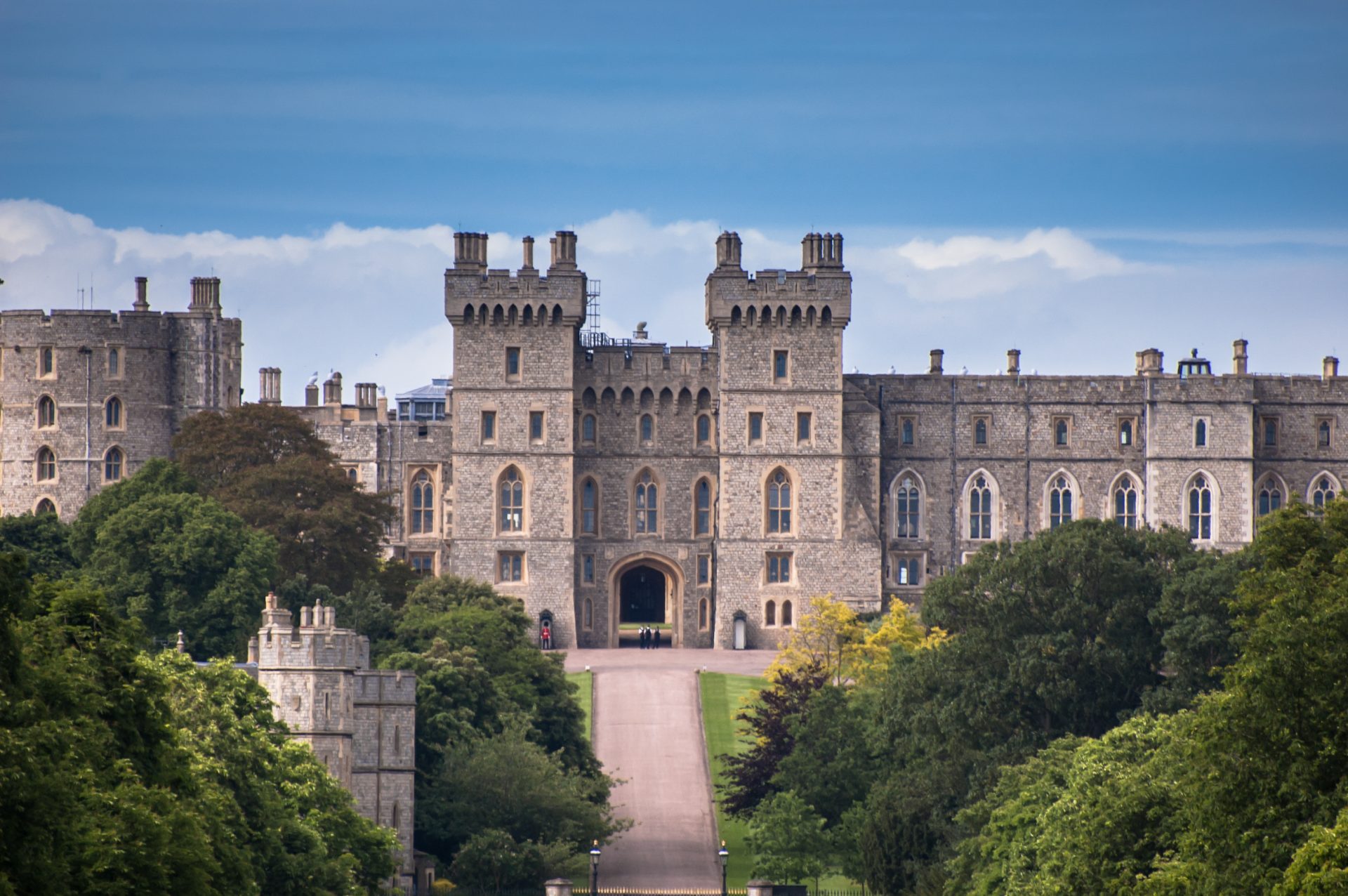
3. Tower of London, London
Don’t be deceived, it might look like a tower, but this is actually one of England’s most notorious castles. In fact, its official title is Her Majesty’s Royal Palace and Fortress of the Tower of London. Located on the north bank of the River Thames, the castle has been an armoury, treasury, menagerie and home of the Royal Mint. It’s also home to the Crown Jewels, a glittering collection of royal regalia dating back to the 12th century.
You’ll find the country’s most famous ravens here too. Legend tells that if one of the six ravens ever leaves the fortress, the Tower of London will fall. There are nine ravens here today, just to be on the safe side.
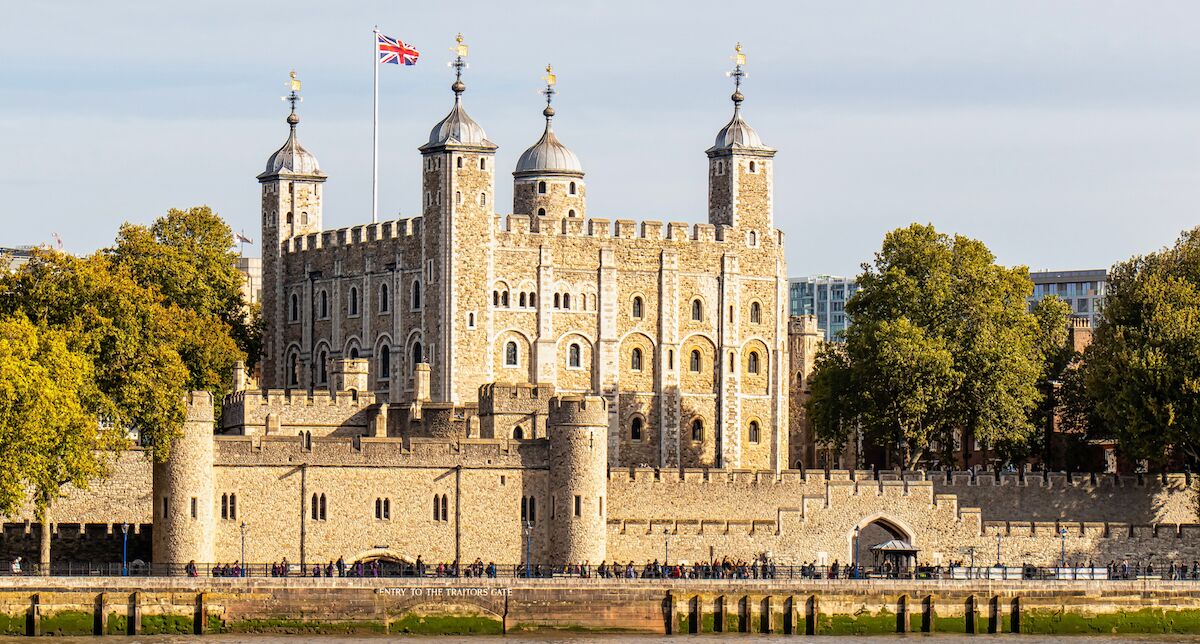
4. Tintagel Castle, Cornwall
Cornwall’s wild, windswept coastline has always been a popular landing point for armies of foreign conquerors, so it follows that it boasts some of the most castles in the country. Tintagel Castle is probably the county’s most famous castle. The ruins include the remains of a 13th century Norman castle built by Richard, Earl of Cornwall. Excavations in the 1930s revealed that the castle probably dates back even further, at least to the fifth and sixth centuries. Some claim the clifftop ruins once formed part of the fortress King Arthur (of round table infamy). When the tide is out, you can visit ‘Merlin’s Cave’. The 330-st sea cave is said to have been the home of the legendary wizard.

5. Hever Castle & Gardens, Kent
Fans of Hilary Mantel’s blockbuster book, Wolf Hall, will be familiar with Hever Castle. It was the childhood home of Henry VIII’s most famous wife, Anne Boleyn, though the moated castle dates back to 1270. Sitting on an impressive 125-acre estate, the castle encompasses award-winning gardens, a Japanese Tea House, a boating lake and the castle. Inside, it’s all panelled walls, antiques and one of the best collections of Tudor portraits in the country.

6. Bamburgh Castle, Northumberland
Once an Anglo-Saxon citadel, this hilltop castle looms over the sweeping Northumberland Coastline. Its history is as storied as you might expect, replete with Norman invaders and gunpowder plots. The castle fell into disarray until William Armstrong, a prominent Victorian engineer, purchased the crumbling site. He transformed it into his vision of the archetypal castle, with great success. Today, it’s home to an impressive collection of artworks, ceramics and objets d’art from Armstrong’s collection too.
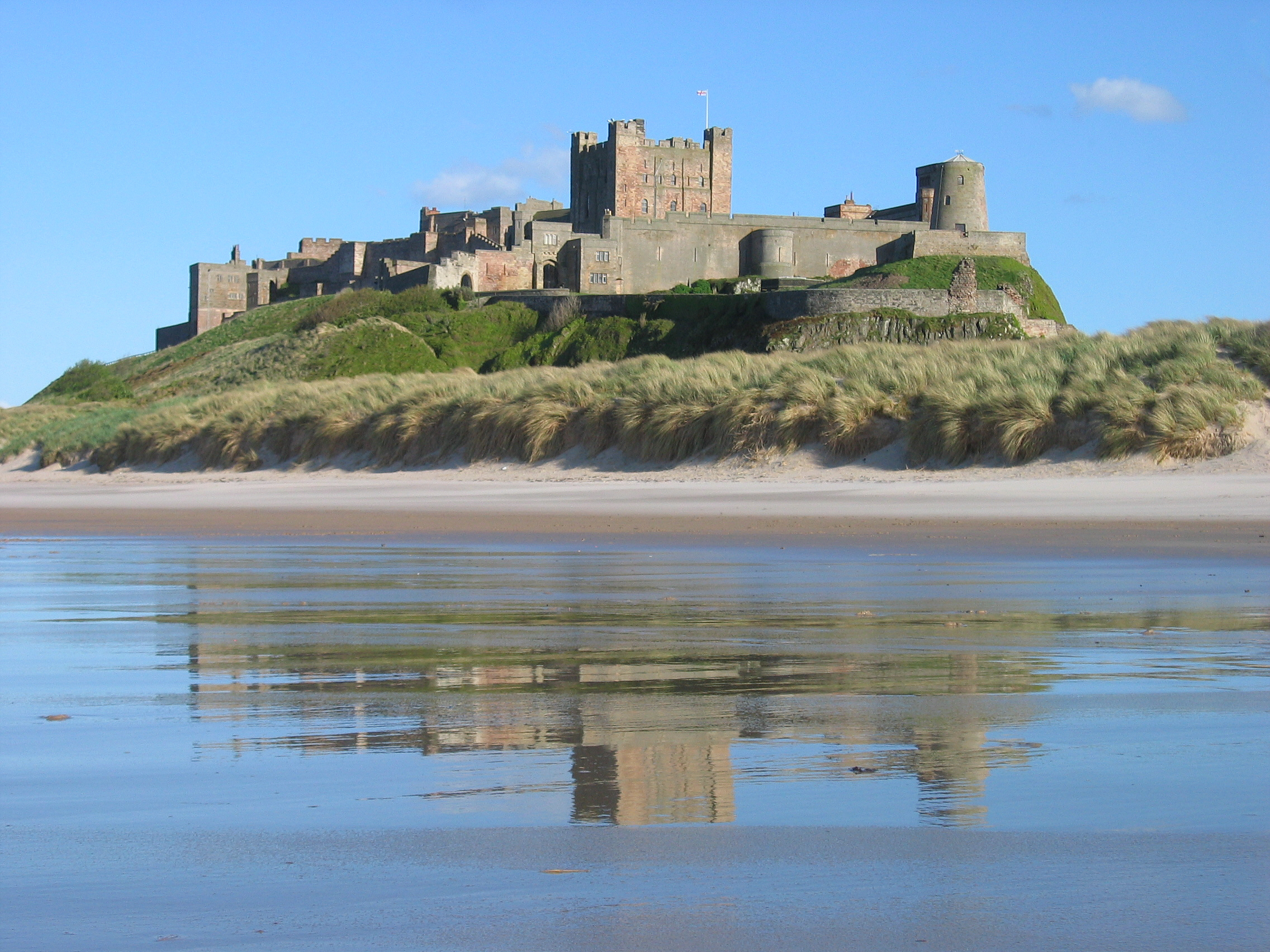
7. Dover Castle, Kent
If Dover Castle’s walls could speak, they would be extraordinarily popular at the pub. As England’s longest-serving fortress, it’s witnessed everything from Henry II’s medieval court to the drama of the Dunkirk evacuation. It boasts one of the best-looking locations in the country too, on the iconic White Cliffs of Dover.
While the castle’s history dates back over 800 years, some of its most fascinating tales hark from the past century. Less than ten years ago, the National Trust stumbled upon a labyrinth of tunnels built during World War II. Winston Churchill ordered the construction of the tunnels, known as Fan Bay Deep Shelter, but soon abandoned the plans. It took around 100 days to carve out the tunnels, which are deeper than the South Foreland lighthouse is tall. The tunnels still feature the graffitied names of the men who dug them.
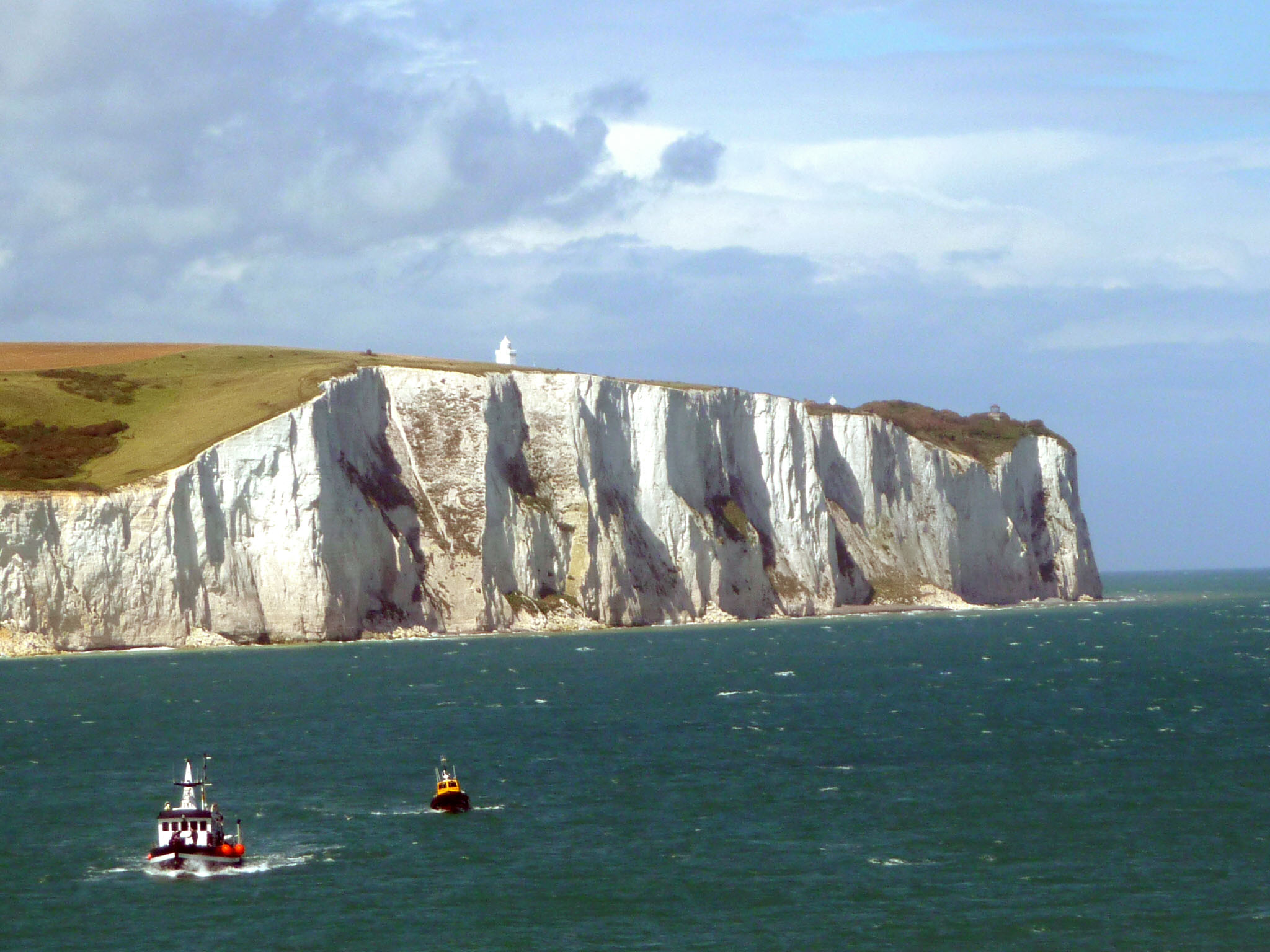
The post 7 of the Best Castles in England appeared first on Big 7 Travel.

